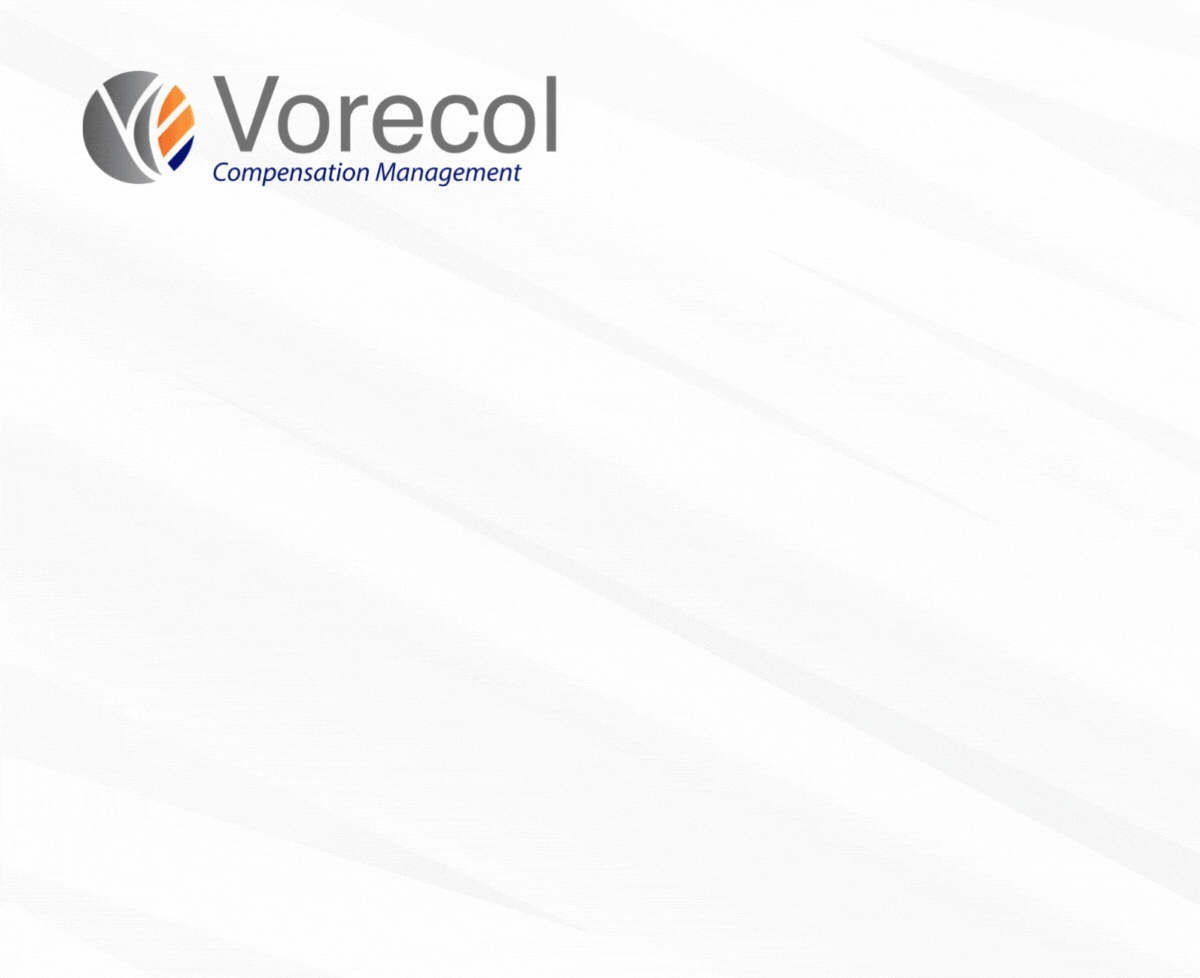How can flexible benefits systems contribute to employee retention and satisfaction?

- 1. Understanding Flexible Benefits: Definition and Importance
- 2. The Link Between Flexible Benefits and Employee Satisfaction
- 3. Customization: Meeting Individual Employee Needs
- 4. Enhancing Work-Life Balance Through Flexible Benefits
- 5. The Financial Impact of Flexible Benefits on Employee Retention
- 6. Case Studies: Successful Implementation of Flexible Benefits
- 7. Future Trends in Flexible Benefits Systems and Employee Engagement
- Final Conclusions
1. Understanding Flexible Benefits: Definition and Importance
Flexible benefits, often referred to as “cafeteria plans,” offer employees a selection of perks and allowances tailored to their individual needs, which can range from health insurance and retirement plans to child care and gym memberships. A study by the Society for Human Resource Management (SHRM) revealed that 70% of organizations reported including flexible benefits as part of their offerings, significantly increasing employee satisfaction by 30%. This approach not only empowers employees to make choices that suit their lifestyle, but it also aligns organizational goals with personal interests, fostering a motivated and engaged workforce. For instance, companies that implement flexible benefits programs see an average 12% reduction in turnover rates, saving them thousands of dollars in recruitment and training costs.
Imagine an employee named Sarah, juggling her responsibilities as a single mother and a marketing executive. She is overwhelmed with traditional benefits that don't cater to her specific needs. However, with a flexible benefits plan in place, Sarah can choose additional funding for daycare services and opt for a comprehensive health plan that includes telemedicine. According to a recent survey by Employee Benefit Research Institute, 83% of employees who utilize flexible benefits report increased job commitment and an enhanced sense of belonging within their organization. As companies strive for a competitive edge in the labor market, the ability to personalize benefits not only attracts top talent but also cultivates loyalty, creating a harmonious balance between employee well-being and business success.
2. The Link Between Flexible Benefits and Employee Satisfaction
In the realm of employee benefits, a significant transformation has taken place, as companies recognize the profound link between flexible benefits and employee satisfaction. Imagine Sarah, a marketing professional at a mid-sized tech firm, who, after the introduction of a customizable benefits package, found the perfect balance for her work-life needs. Research by MetLife indicates that 72% of employees feel a sense of loyalty to employers who provide such flexibility, which ties directly to higher engagement levels. Furthermore, companies that offer tailored benefits experience a 15% increase in employee morale, according to the Society for Human Resource Management (SHRM). This growing trend highlights how offering choice not only fosters employee approval but also enhances overall productivity.
Moreover, as flexible benefits take center stage, various studies have showcased their impact on employee retention rates. For instance, a study published in the Journal of Business and Psychology revealed that organizations with flexible benefits have a 37% lower turnover rate compared to those with traditional plans. Picture John, a software engineer, who opted for additional PTO rather than a higher salary, allowing him to pursue his passion for hiking while maintaining a healthy work-life balance. Such choices resonate with employees, as 88% of workers surveyed by Willis Towers Watson expressed that they would stay longer at an organization offering customizable benefits. This narrative not only emphasizes the growing importance of flexible benefits but also paints a vivid picture of how they can transform the employee experience, fostering loyalty and contentment in the workplace.
3. Customization: Meeting Individual Employee Needs
In a world where employee satisfaction increasingly dictates workplace productivity, customization of employee benefits has emerged as a game-changer. Recent studies reveal that companies offering personalized benefits experience a 25% lower turnover rate compared to those with one-size-fits-all policies. For instance, tech giant Google provides a suite of customizable benefits tailored to individual needs, leading to a reported 80% employee satisfaction rate. By allowing employees to select their benefits—ranging from flexible work hours to specific health plans—organizations can foster a culture of trust and inclusivity, which often translates into higher engagement and loyalty.
Consider the case of a mid-sized financial services firm that implemented a flexible work-from-home policy after conducting a survey revealing that 70% of its employees preferred remote work options. Within a year, the company saw a 15% increase in productivity and a notable 30% drop in absenteeism. This illustrates that when companies invest in understanding and addressing individual employee needs, they not only enhance morale but also bolster their bottom line. In a competitive job market, embracing customization can be the differentiator that attracts top talent and propels organizations towards sustained success.
4. Enhancing Work-Life Balance Through Flexible Benefits
As organizations increasingly recognize the importance of work-life balance, flexible benefits have emerged as essential tools for enhancing employee satisfaction and productivity. A 2022 survey conducted by the Society for Human Resource Management revealed that 80% of employees value flexible work arrangements, and companies adopting such programs report up to a 25% reduction in employee turnover. For instance, tech giant Salesforce implemented a flexible benefits scheme that allows employees to choose from options such as remote work, mental health days, and wellness stipends. This initiative has led to a remarkable 15% increase in employee engagement scores over the past two years, showcasing the tangible impact of personalized benefits on workplace morale.
Consider the story of a mid-sized marketing agency that introduced a flexible benefits program in early 2023. Within six months, the company saw a 30% rise in productivity and a subsequent 40% drop in absenteeism rates. A key factor was their initiative to offer employees a monthly stipend for childcare or eldercare services, enabling staff to focus more on their work without the constant stress of family responsibilities. According to a report by FlexJobs, companies offering these types of benefits experience an average revenue growth of 7.6% compared to their peers. Such statistics underscore how flexible benefits not only enhance work-life balance but also drive organizational success, creating a win-win situation for both employees and employers.
5. The Financial Impact of Flexible Benefits on Employee Retention
In today's competitive job market, flexible benefits have emerged as a powerful strategy for enhancing employee retention. A recent study by the Employee Benefit Research Institute found that organizations offering comprehensive flexible benefits experienced a staggering 30% lower turnover rates compared to those with traditional benefits. This statistic highlights the financial advantage for companies; reduced turnover translates to significant cost savings on recruitment and training, estimated at nearly 21% of an employee's annual salary. Imagine a company where employees feel valued and engaged because they can tailor their benefits to their unique needs—this is not just a dream; it's a reality for organizations that embrace flexibility.
Moreover, the financial impact of flexible benefits extends beyond mere retention rates. According to a survey by PwC, 75% of employees stated they are more likely to stay with a company that provides them with the opportunity to select benefits that align with their life stages, leading to a 20% increase in overall job satisfaction. With satisfied employees, productivity can soar—reports suggest that companies with high employee engagement levels see a 22% increase in profitability. When organizations invest in flexible benefits, they are not simply spending money; they are cultivating a culture that fosters loyalty and commitment, ultimately transforming their workforce into a driven and dedicated team.
6. Case Studies: Successful Implementation of Flexible Benefits
In the ever-evolving landscape of employee benefits, companies like Google and Netflix have emerged as paragons of successful flexible benefits implementation. In a recent case study, Google reported that 80% of its employees expressed greater job satisfaction after the introduction of customizable benefit packages that cater to individual needs. For instance, employees can choose between enhancements in health coverage, professional development opportunities, or even additional vacation days. This approach not only fosters a culture of trust and engagement but also significantly reduces turnover rates, saving the company approximately $1 million annually in recruitment costs. Such data underscores the competitive advantage that flexible benefits can provide in retaining top talent.
Similarly, Netflix's bold departure from traditional benefits led to a stark increase in employee performance and innovation. After implementing flexible benefits in 2015, Netflix found that 93% of its workforce felt more valued and motivated, sparking a 15% boost in productivity in just one year. Their model allows employees to allocate their benefits based on personal priorities, such as childcare or fitness memberships, leading to an overall healthier workplace. By aligning benefits with employees' lifestyles, Netflix turned flexibility into a cornerstone of its corporate strategy, demonstrating that understanding and catering to diverse employee needs can drive astronomical growth and foster an engaged, loyal workforce.
7. Future Trends in Flexible Benefits Systems and Employee Engagement
In the rapidly evolving landscape of employee benefits, flexible benefits systems are emerging as a key player in driving employee engagement. According to a recent survey by Metlife, 72% of employees believe that their benefits package impacts their overall job satisfaction, which highlights the importance of catering to diverse employee needs. Companies like LinkedIn have adopted flexible benefits systems that allow employees to personalize their perks based on their lifestyles. This approach not only boosts morale and job satisfaction but also enhances retention rates; Adobe reported a 30% decrease in turnover after implementing tailored benefits programs. The desire for flexibility is not just a preference but a necessity, as Gallup's polls reveal that engaged employees are 17% more productive, drawing a direct link between personalized benefits and overall workplace efficiency.
As we look to the future, technology will play a crucial role in shaping flexible benefits systems. A study by Deloitte predicts that by 2025, 80% of companies will use AI-driven platforms to analyze employee preferences and tailor benefits accordingly. This integration of technology not only streamlines the administration of benefits but also creates a more engaging experience for employees. Moreover, the World Economic Forum estimates that companies prioritizing employee engagement as part of their benefit strategies could see an increase of up to 23% in profitability. As organizations embrace this shift, the narrative of employee benefit systems will likely evolve, making agile and responsive benefits the norm, empowering employees to take charge of their careers and personal lives in unprecedented ways.
Final Conclusions
In conclusion, flexible benefits systems play a crucial role in enhancing employee retention and satisfaction by catering to the diverse needs and preferences of the workforce. By providing employees with the autonomy to choose benefits that align with their personal circumstances and lifestyle, organizations demonstrate a commitment to their well-being. This personalization not only fosters a sense of value and appreciation among employees but also enhances their overall job satisfaction. Consequently, organizations that implement such systems are more likely to cultivate a motivated and loyal workforce, reducing turnover rates and associated recruitment costs.
Moreover, flexible benefits systems can serve as a strategic tool for employers to differentiate themselves in a competitive job market. As employees increasingly prioritize work-life balance and tailored benefits, organizations that offer these customizable options are better positioned to attract top talent. By continually assessing and adapting these benefits based on employee feedback and evolving trends, companies can create a dynamic workplace culture that promotes engagement and innovation. Ultimately, embracing flexible benefits not only contributes to individual employee satisfaction but also strengthens the organization’s overall performance and reputation as an employer of choice.
Publication Date: August 28, 2024
Author: Psico-smart Editorial Team.
Note: This article was generated with the assistance of artificial intelligence, under the supervision and editing of our editorial team.
Leave your comment
Comments
Request for information
Fill in the information and select a Vorecol HRMS module. A representative will contact you.



